
OR
Let facts and reasons guide the border debate
Published On: May 22, 2020 12:36 PM NPT By: Mahabir Paudyal | @mahabirpaudyal
_20200522123643.jpg)

Mahabir Paudyal
Mahabir Paudyal is an opinion writer at Republica with interest on history, domestic politics and international relations.mahabirpaudyal@gmail.com
More from Author
- Nepal is falling into a trap of India, China and the US
- Prime Minister Oli is pushing the country to precipice. Is there a way to stop him?
- How can you be so irresponsible about education?
- What is Nepali Congress thinking about China?
- Fellow Nepalis, fear the government, fear as much for the country
Free thinking Nepalis and Indians need to guard themselves against falling into the trap of emotions, anger and false allegations and come forward to tell the truth about Lipulekh-Kalapani-Limpiyadhura region.
The message to be spread is predetermined. Panelists seem to have been invited only to get it reinforced. The host begins by saying China is using Nepal. China is nobody’s friend. China is alone in the world. Nepal has released the new political map on China’s behest. Nepal’s claim on Lipulekh-Kalapani-Limpiyadhura region is groundless. The host shouts out loud, almost shrieks. When Nepali panelists start speaking, the host reiterates the same position. The Nepali panelists are literally given no time to make their points.
If you watched the ‘debate’ on India’s Republic TV Wednesday evening regarding border issue involving Lipulekh-Kalapani-Limpiyadhura region of Nepal’s western frontier, you know what I am talking about.
Nepali Congress leader Minendra Rijal was treated disrespectfully, while he had been saying his party strongly stands with the government on border issue and that the two sides should sit down for talks with the evidences they have. Subhash Ghimire, editor-in-chief of Republica, was almost silenced when he was saying available evidences show the land area under question belongs to Nepal.
It looked like Nepali panelists had been invited in the ‘discussion’ only to unleash fire and fury on them, not to listen to them, not to take their views and reach a conclusion.
I don’t know how seriously people in India take this TV channel but the debate, to me, is the stark reminder of how media can become the tool to twist facts, distort narrative and create distrust between the two countries and peoples in times like these. This is the danger that Nepal and India should carefully guard themselves against falling into.
Going astray
After the release of new political map by Nepal depicting Lipulekh-Kalapani-Limpiyadhura region inside Nepal, some of the Indian media has risen up to fuel hate, shift the blame on third party, breed resentment between two countries and the peoples. One visual media outlet ridiculed, even insulted, Nepali actress Manisha Koirala for thanking the government of Nepal for “keeping the dignity of” Nepal and expecting “peaceful and respectful dialogue between all three great nations” to resolve the outstanding issues.
Nepali public, in response, is unleashing hate, resentment and anger against India.
In this context, free thinking Nepalis and Indians need to carefully guard themselves against falling into the trap of emotions, anger and false allegations against each other and come forward to tell the truth. Whenever we have failed in this respect our relation with India or India’s relation with Nepal has badly suffered.
In 2015, for example, India began by expressing ‘reservation’ on some of the contents of Nepal’s constitution. But the debate was not centered on what actually those contested contents were. Instead rumors and false information were manufactured and spread: The constitution does not allow citizenship to Nepali brides of Indian origin, it leaves Madheshis stateless, Nepal has rendered thousands of Madheshis refugees and they are fleeing across the border for shelter. So on and so forth.
Nobody cared to know the truth. Some Indian media stoked the flame and even instigated the establishment to take harsh measures against Nepal. Nepali media outlets failed to unite to counter the false narrative being propagated by the Indian side. The blockade followed, leaving Nepalis with deeper resentment, anger and hate against the neighbor with which Nepal has had an unbreakable relation on multiple fronts.
Finally, emotions subsided and reason prevailed (Indian scholars themselves started to acknowledge that Nepal’s statute is much better than India’s in a number of respects) but the damages had been done. It took the two countries months to mend the fences. Current standoff on the border dispute could break those fences again.
If we (India and Nepal) allow jingoism, misinformation and false narrative to dominate the border debate, if the real issue is diffused and anger prevails over reason, the outcome will not be in favor of either side.
Truth be told
Truth of the matter about the land area under question is simple and straightforward. The Sugauli Treaty of 1816, which demarcates the boundary of Nepal’s western frontier, says Kali River that originates from Limpiyadhura is the western boundary river between Nepal and India. There are records of census conducted in Lipulekh-Kalapani-Limpiyadhura area by Nepal in 1953. Parliamentary elections were held there in 1959 (Kanak Mani Dixit and Tika P Dhakal have dealt with this matter comprehensively in their recent article). Even official documents of British India published as late as 1911 are found to have mentioned Limpiyadhura as the true source of Kali River. Nepal’s claim on Lipulekh-Kalapani-Limpiyadhura region is based on such records and evidences. What is India’s claim based on?
A wise and rational response from Indian side should be to come forward with evidences it has to counter Nepal’s claims. For that the two sides need to sit down and talk, examine the evidences of each other (check their authenticity if needed), resolve the matters and bury the hatchet.
Land is a sensitive matter for every country. Equally important is self-respect and dignity. Nepali Prime Minister K P Oli (whose gaffes have courted several controversies in the past) should not have made allusions that could be interpreted as hurting sensitivity of India and Indian people. A free allusion, even a slip of tongue, in relations between the two countries can have consequences. (Minendra Rijal, who was defending Nepal’s position very strongly, had to mellow when the host of the program accused Nepali PM of saying that coronavirus coming from India is more threatening than the one coming from other countries).
As the two sides—governments, media and intellectuals from India and Nepal—present their respective cases they must not use offensive words to counter each other. A single misstep in use of words, in both writing and speech, can spoil the environment for talks and mutual consultations without which we won’t be able to resolve this matter.
It’s easier to create fiction than to search for facts. But when we allow fiction, rather than facts, to guide the vital debate on sensitive issue of border, we risk misleading not only the larger masses but also the governments. If we debate the border issue like Arnab Goswami, the host of the program mentioned in the opening paragraphs of this article, was debating it, we will reach the point of no resolution.
mahabirpaudyal@gmail.com
You May Like This
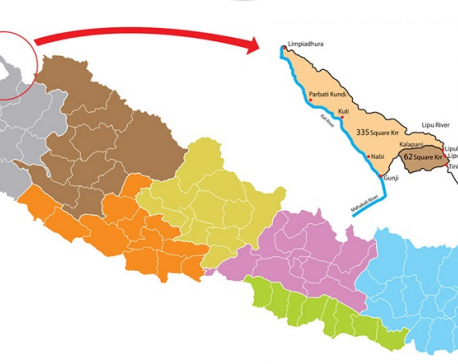
Why Nepal cares about its land so much
Nepal is in rage and resentment against India after Indian Defence Minister Rajnath Singh, on May 8, inaugurated the road... Read More...

Team leaves for Darchula to set up APF border outpost
KATHMANDU, May 13: A team of Armed Police Force and Nepal Police personnel left Kathmandu for Darchula district today afternoon... Read More...
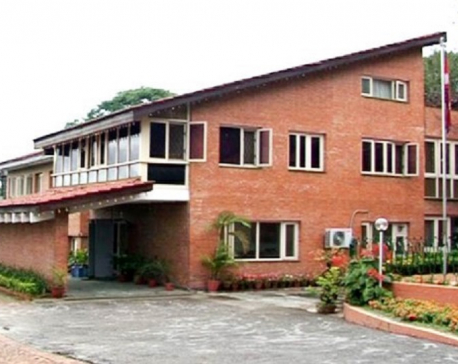
All-party meeting to discuss Lipulekh in Baluwatar
KATHMANDU, May 13: Prime minister KP Sharma Oli has called an all-party meeting to discuss India’s encroachment of Lipulekh, a... Read More...
Just In
- Cosmic Electrical completes 220 kV transmission line project
- Morang DAO imposes ban on rallies, gatherings and demonstrations
- Gold smuggling case: INTERPOL issues diffusion notice against accused fugitive Jiban Chalaune
- Raya appointed as Auditor General
- 9 are facing charges in what police in Canada say is the biggest gold theft in the country’s history
- Gold price falls by Rs 600 per tola
- Dr Anjan Shakya nominated as National Assembly member
- Special session of Koshi Province Assembly begins








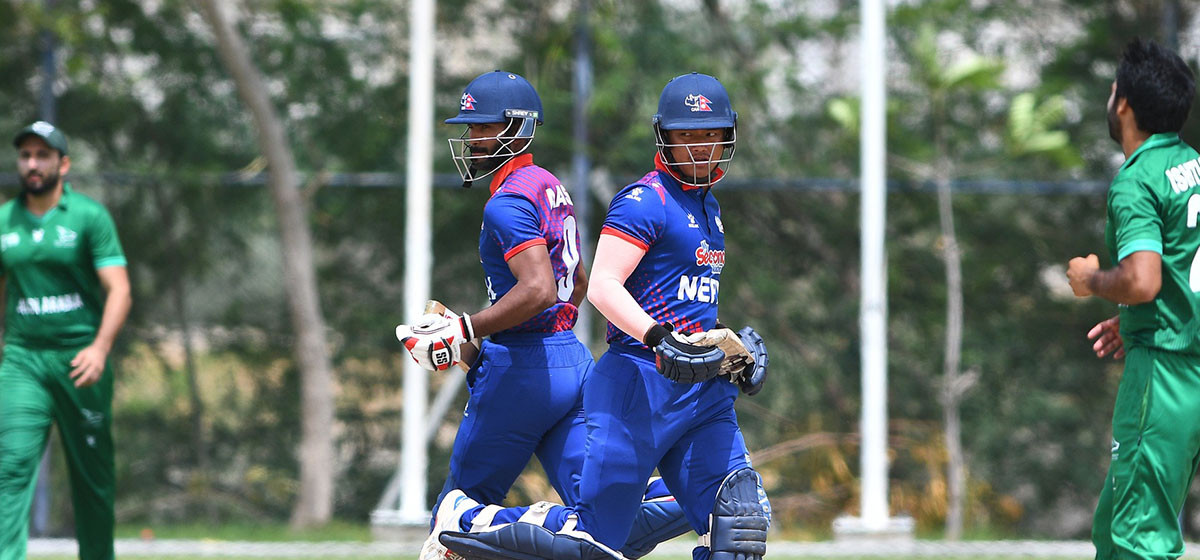




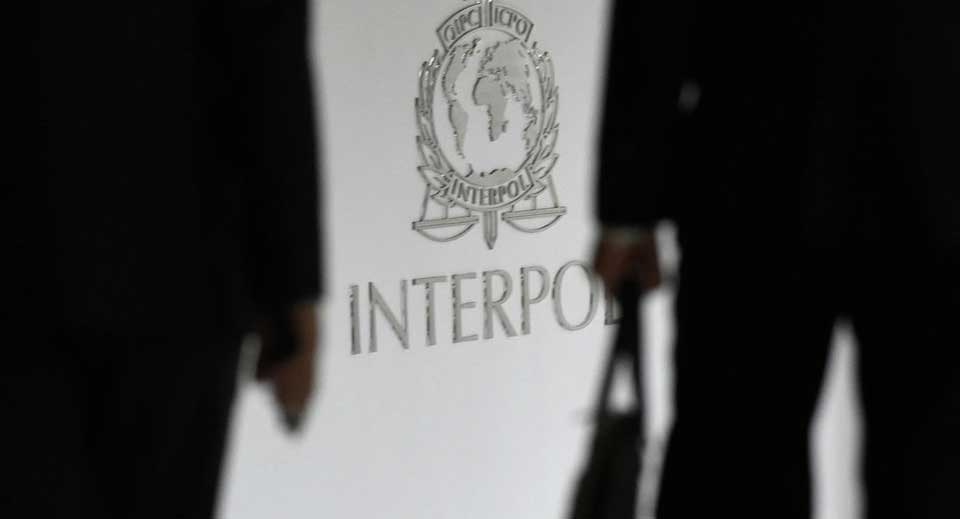
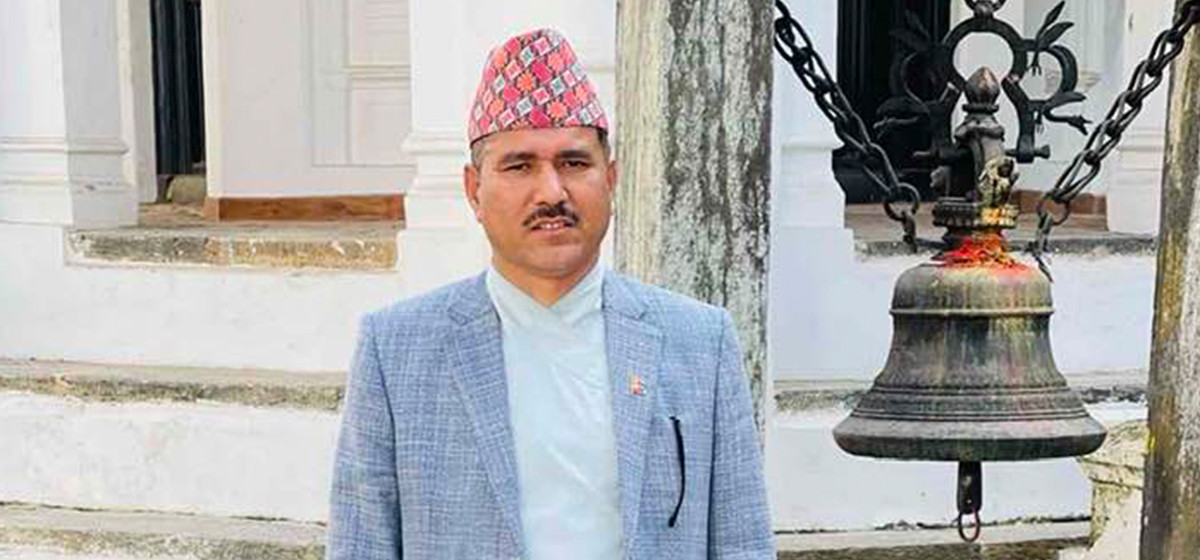




Leave A Comment